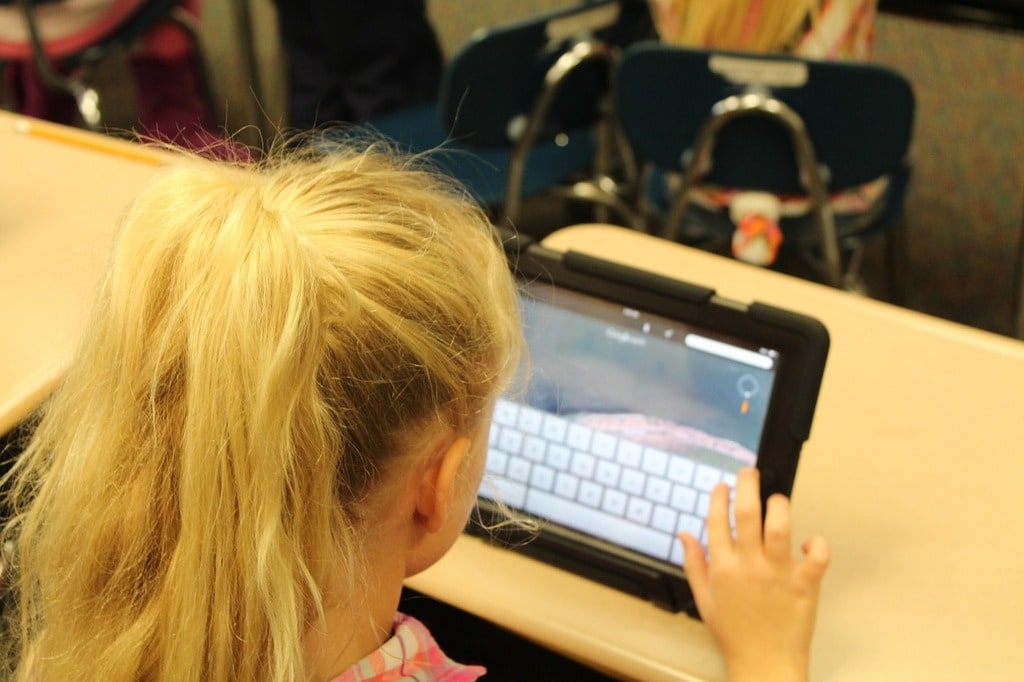Effective teaching methods for modern classrooms are continually evolving as educators seek to provide the best learning experiences for their students. With technological advancements and a greater understanding of diverse learning styles, the landscape of education has transformed significantly. Implementing strategies that cater to these changes can make teaching more effective and engaging.
Modern Strategies for Effective Classroom Teaching
The traditional lecture-based approach is becoming less effective in keeping students engaged. Instead, modern classrooms benefit from a variety of teaching methods that cater to different learning styles. Adopting these strategies not only enhances student engagement but also improves learning outcomes.
One key approach is active learning, where students are actively involved in the learning process. This can be through discussions, problem-solving, or hands-on activities. Unlike passive learning, where students merely absorb information, active learning encourages them to engage with the material, ask questions, and apply what they’ve learned in real-world scenarios.
Interactive Technology in the Classroom
Incorporating technology into the classroom has revolutionized how teachers deliver content and how students interact with it. Tools such as interactive whiteboards, educational apps, and online resources provide dynamic ways to present information and engage students.
For instance, interactive whiteboards allow teachers to display multimedia content that can make lessons more interesting. Educational apps can offer personalized learning experiences, catering to the individual needs of students. Furthermore, online resources provide access to a vast array of information and learning tools that can supplement traditional teaching methods.

Student-Centered Learning Approaches
Moving away from teacher-centered instruction, student-centered learning focuses on the needs, abilities, and interests of the students. This approach encourages students to take responsibility for their own learning and become more self-directed. Methods such as project-based learning, inquiry-based learning, and differentiated instruction fall under this category.
- Project-Based Learning (PBL): students work on a project over an extended period, which promotes deep understanding of a subject. PBL encourages critical thinking, collaboration, and problem-solving skills.
- Inquiry-Based Learning: students learn by asking questions, investigating solutions, and exploring topics in depth. This method develops their research and analytical skills.
- Differentiated Instruction: this involves tailoring teaching methods and materials to accommodate the different learning styles and abilities of students. By doing so, all students have the opportunity to succeed.
Collaborative Learning Techniques
Collaborative learning is an effective way to foster a sense of community in the classroom. This method involves students working together in small groups to achieve learning goals. It not only enhances understanding through peer discussions but also builds important social skills.
Group activities, peer reviews, and cooperative projects are examples of collaborative learning techniques. These activities require students to communicate effectively, respect different perspectives, and work towards common objectives. Through collaboration, students can learn more deeply and retain information longer.
Incorporating Formative Assessments
Formative assessments are tools that provide real-time feedback to both teachers and students. Unlike summative assessments, which evaluate student learning at the end of an instructional unit, formative assessments are conducted during the learning process.
Examples of formative assessments include quizzes, interactive polls, and peer assessments. These tools help teachers identify areas where students struggle and adjust their teaching strategies accordingly. For students, formative assessments provide insights into their own learning progress and highlight areas for improvement.
Creating an Inclusive Learning Environment
An inclusive learning environment is one where all students feel valued and supported. This involves recognizing and addressing the diverse needs of students, including those with different cultural backgrounds, learning disabilities, and language barriers.
To create such an environment, teachers can adopt inclusive teaching practices such as using diverse materials, applying universal design for learning (UDL) principles, and fostering a classroom culture of respect and empathy. By ensuring that all students have equal access to learning opportunities, teachers can help every student succeed.
In summary, effective teaching methods for modern classrooms involve a combination of active learning, the integration of technology, student-centered approaches, collaborative learning techniques, formative assessments, and inclusive teaching practices. By embracing these strategies, educators can create dynamic and engaging learning environments that cater to the needs of all students. The ultimate goal is to equip students with the skills and knowledge they need to thrive in an ever-changing world.
